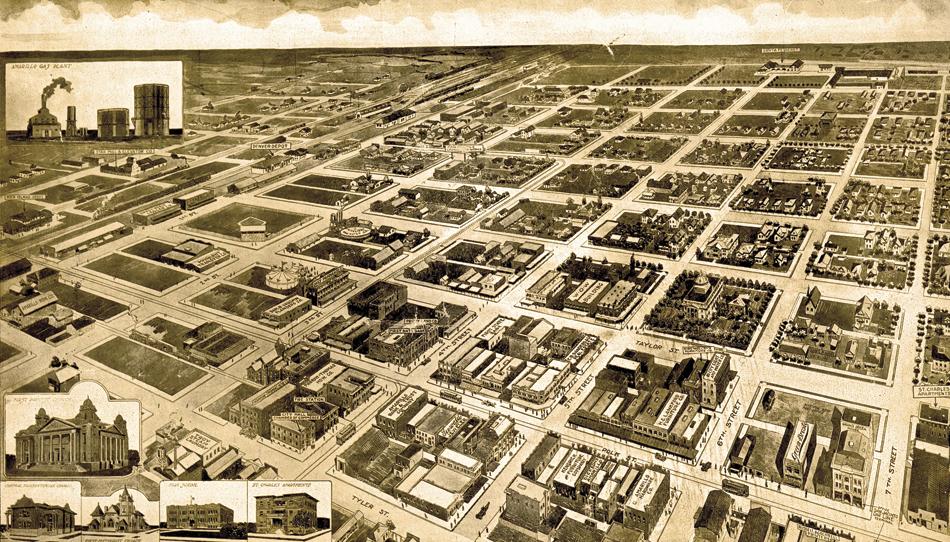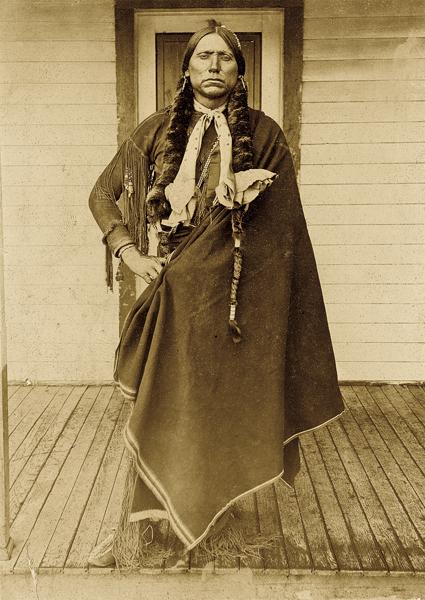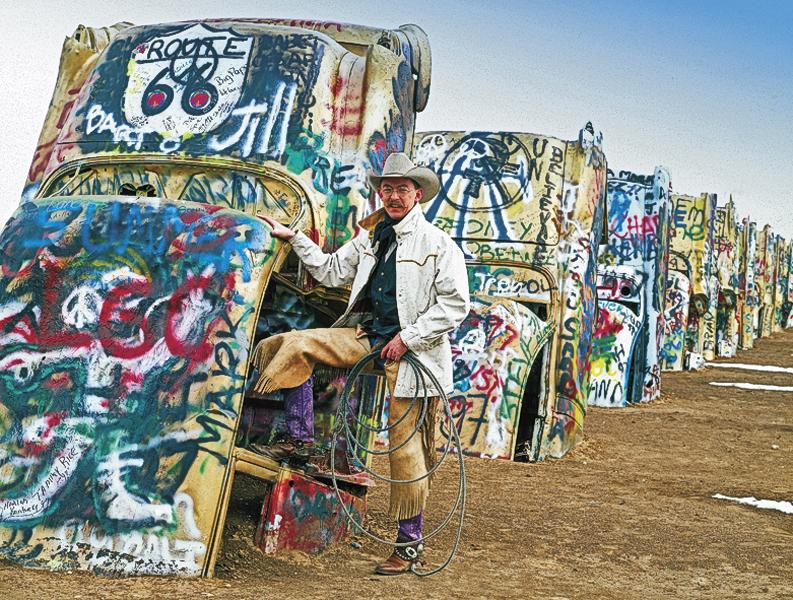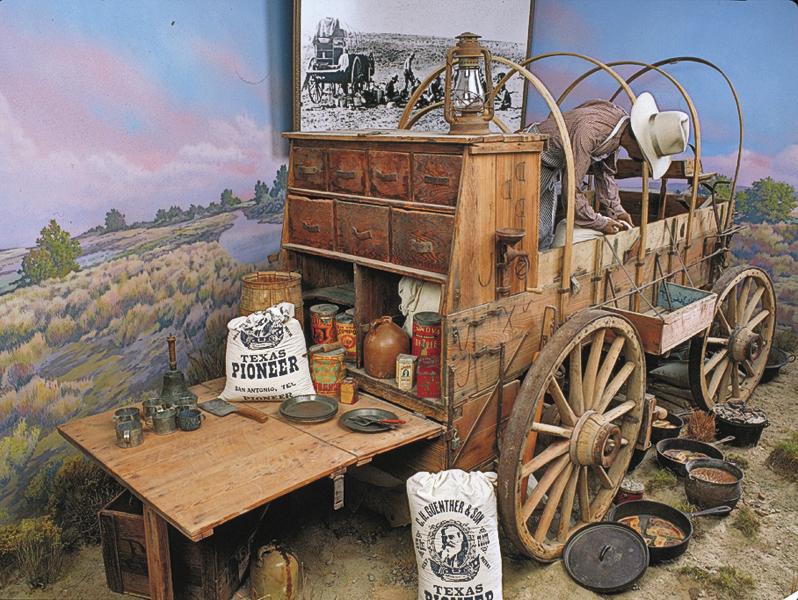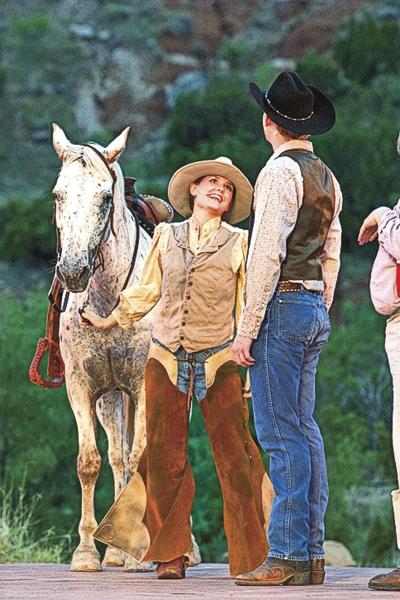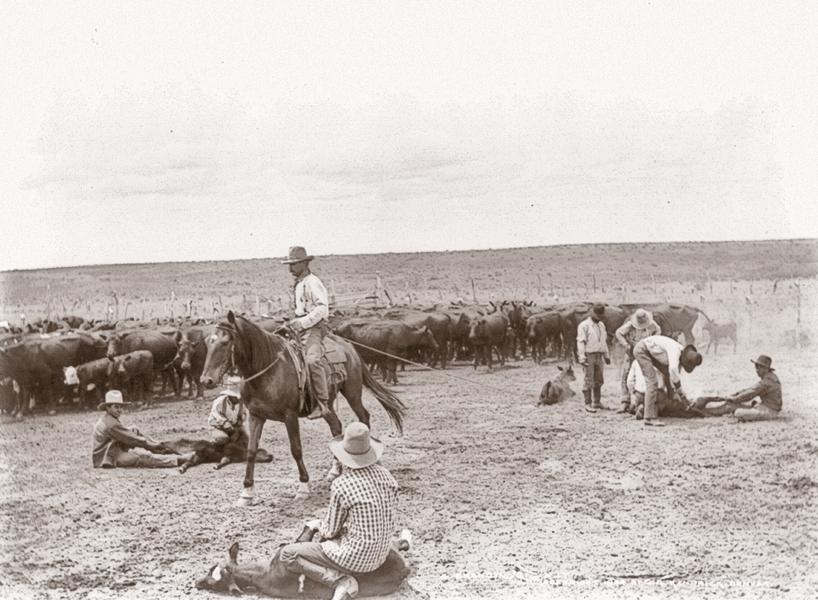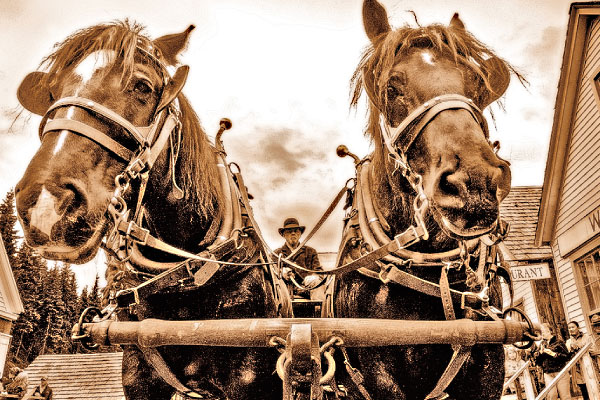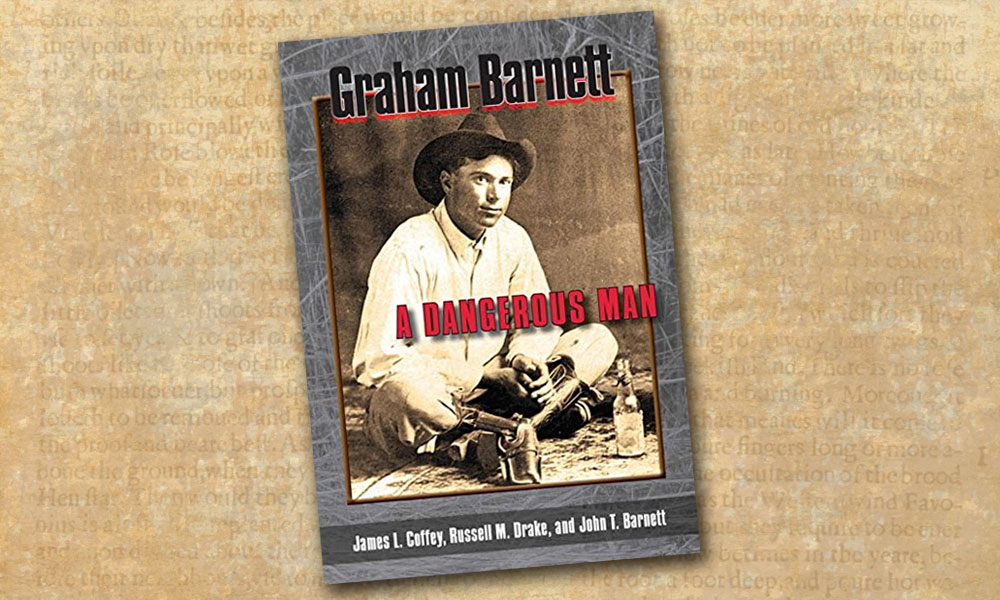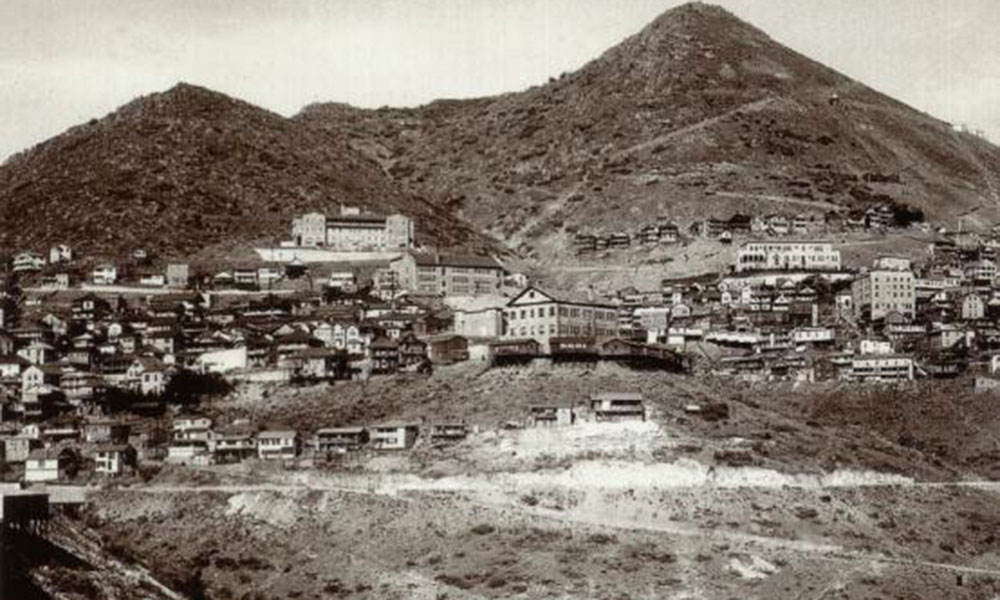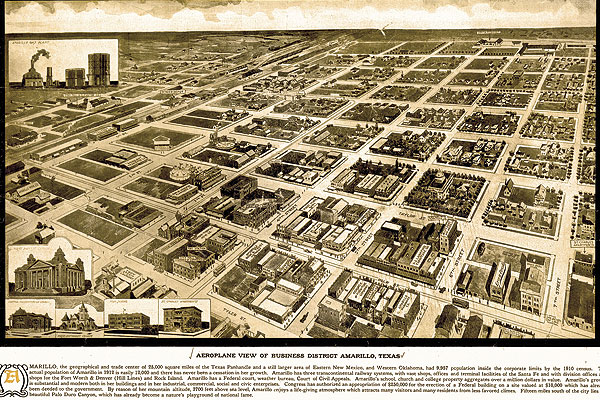 In the morning of Sept. 28, 1874, Colonel Ranald Mackenzie and his Fourth Cavalry swept into Palo Duro Canyon. The soldiers burned Indian camps, destroyed food supplies and—most importantly—captured and killed more than 1,100 horses, effectively putting an end to the Red River War.
In the morning of Sept. 28, 1874, Colonel Ranald Mackenzie and his Fourth Cavalry swept into Palo Duro Canyon. The soldiers burned Indian camps, destroyed food supplies and—most importantly—captured and killed more than 1,100 horses, effectively putting an end to the Red River War.
“The campaign was intended to force Southern Plains Indians, primarily Comanches, onto reservations,” says Michael Grauer, curator of Western Heritage at the Panhandle-Plains Historical Museum, located a few miles south of Amarillo in Canyon, Texas. “The Red River War was a round-up operation. The Army took away the Indians’ transportation, food and lodgings. So they had no choice but to go to the other reservations.”
And, with the tribes that once ruled the Texas Panhandle area relocated, the region was wide open for settlers, cattlemen and railroads to enter.
Indians had lived in the Panhandle for more than 10,000 years, beginning with the Clovis people. Coronado probably passed near the site of modern-day Amarillo in 1541. Nearly 300 years later, Santa Fe trader Josiah Gregg camped in the area and opened a road across the land. More traders followed, including William Bent, who set up a trading post near the Canadian River in 1843. And in the 1850s, railroad crews surveyed a route through the region.
The Medicine Lodge Treaty of 1867 stipulated that only Indians could hunt buffalo south of the Arkansas River. It wasn’t long, though, before professional buffalo hunters moved in.
Comanche warrior Quanah Parker and medicine man Isa-tai, enraged at White incursion into Indian lands and the wholesale slaughtering of the buffalo, sparked the Red River War when they led several hundred Comanche, Kiowa, Cheyenne and Arapahoe against a small group of buffalo hunters at Adobe Walls on June 27, 1874. The Army responded by sending around 3,000 soldiers to the area.
“The U.S. government failed in its promises. So did the Indians,” says Grauer. “The government said it would keep hunters out of the area south of the Arkansas River, but they went anyway. The Indians agreed to stop raiding into Texas, but didn’t. So there were violations on both sides.”
After the war ended in 1875, cattlemen swarmed into the area. Rancher Charles Goodnight entered the Canadian River Valley in 1876. Other big outfits followed the legendary cowman into the Panhandle in the 1870s and 1880s, such as the Prairie Cattle Company, the XIT, the Frying Pan Ranch and the LX Ranch.
Railroad executives, intrigued by the convergence of several cattle trails near Wild Horse Lake, decided to build a line to the area. A tent city named Ragtown, consisting of saloons, whorehouses and gambling halls to attract railroad workers, grew up along Amarillo Creek. Before long, newspapers were referring to Ragtown as Amarillo.
From such inauspicious beginnings, the little cow town grew into the Queen City of the Texas Panhandle. Amarillo celebrates its Western heritage with an abundance of museums and activities.
No horseman will want to miss the American Quarter Horse Hall of Fame & Museum, a shrine to the breed that exemplifies the American West.
If you visit in November, be sure to take in the World Championship Ranch Rodeo presented by the Working Ranch Cowboys Association, formed in 1995 to preserve the region’s ranching heritage.
After you’ve worked up an appetite, mosey on over to the Big Texan Steak Ranch. If you can eat their 72-ounce steak (along with the baked potato, shrimp cocktail, salad and dinner roll that come with the meal) in under an hour, it’s free. If not, it’ll set you back 72 bucks.
WHERE HISTORY MEETS THE HIGHWAY
We live in the heart of what was the Comanche empire,” says Eric Miller, director of communications for the Amarillo Convention and Visitor Council. Miller highly recommends a visit to the Kwahadi Museum of the American Indian (left), which “holds an outstanding collection of art and artifacts.” Afterwards, check out some of the region’s many historical attractions. VisitAmarilloTX.com • Kwahadi.com
CANYON
You’ll find the biggest history museum in all of Texas just a few miles south of Amarillo. The Panhandle-Plains Historical Museum features a life-size Pioneer Town, as well as one of the finest art collections in the Southwest. PanhandlePlains.org
BORGER
The Hutchinson County Historical Museum features exhibits ranging from Indian art to the town’s oil boom in the 1920s. HutchinsonCountyMuseum.org
CLAUDE
Browse the Art Gallery or take in a show at the Gem Theatre at the Armstrong County Museum. Just 12 miles east you’ll find the Charles Goodnight Historical Center, dedicated to the “Father of the Texas Panhandle.” ArmstrongCountyMuseum.org
PALO DURO CANYON STATE PARK
Every summer magnificent Palo Duro Canyon State Park comes alive with Texas! The Outdoor Musical Drama. The Official Play of the State of Texas has been wowing audiences for over half a century. Texas-Show.com
John Stanley, the Arizona Wildlife Federation’s 2007 Conservation Media Champion, is a former travel reporter and photographer for The Arizona Republic.
Photo Gallery
– Courtesy Texas Panhandle –
– Courtesy Robert G. McCubbin collection –
– Courtesy Amarillo Convention & Visitor Council –
– Courtesy Library of Congress –


